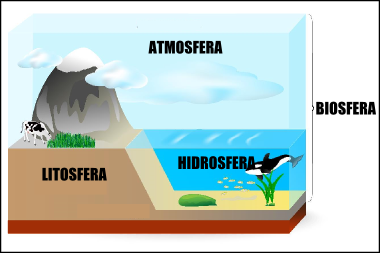Last Monday (11), a study published in the journal Current Biology brought a remarkable revelation: for the first time in history, a mature population of the ant was identified Solenopsis invicta in Europe.
see more
5 foods that can EASILY spoil if left in the…
Girl who sold sweets on her doorstep was surprised by…
Aspecies, which is also known as the red fire ant, is native to South America and was located on the island of Sicily, south of Italy.
This insect is recognized for its extremely painful bites, which can even trigger serious allergic reactions, such as anaphylactic shock.
Furthermore, it has an invasive capacity, which represents a major concern for Sicily, where it was recently identified.

Image: Insects Unlocked/CC0/Wikimedia Commons/Reproduction
Dangerous ant arrived in Europe
Researchers highlight a number of concerns regarding this invasion. Firstly, there is a risk of imbalance in local ecosystems, as this exotic species can compete with native species for resources and habitat.
The presence of this ant can have negative implications for agriculture, posing a threat to crops and agricultural practices.
Mattia Menchetti, a researcher at Spain's Institute of Evolutionary Biology and author of the study, expressed his surprise at the discovery of the red fire ant in Sicily, commenting that there is a wide variety of exotic ant species already established in Europe.
The absence of this species until then was seen as a relief for scientists. For decades, there were fears that this moment might occur, but when faced with confirmation, Menchetti admitted that he couldn't believe what he saw.
This reaction highlights the significant impact that the invasion of alien species can have on scientific communities and understanding of ecology and biodiversity.
The discovery of the red fire ant in Sicily represents an unexpected challenge for experts who will now need to closely monitor its effects on local ecosystems and take steps to mitigate its impact.
The expansion of Solenopsis invicta It is largely the result of maritime trade and the transport of plant products.
These factors facilitated the arrival of this invasive species in several regions of the world, including countries such as Australia, China, the Caribbean, Mexico and the United States, as mentioned in the article.
It is interesting to note that, to date, only New Zealand has been successful in eradicating this invasive species.
This highlights the significant challenges associated with the control and management of exotic species, especially those that demonstrate a high capacity to adapt and expand in new environments.
At Trezeme Digital, we understand the importance of effective communication. We know that every word matters, which is why we strive to deliver content that is relevant, engaging and personalized to meet your needs.


